McMurray test | The McMurray circumduction test :
- This test is also known as to McMurray circumduction test.
- This test is grandfather of meniscus tests of the knee.
- It is used to evaluate to individuals of tears in to meniscus of knee.
- Tear in to meniscus is due to pedunculated tag of meniscus when it is become to jammed between to joint surfaces so that Most commonly added to varus & valgus stress on to knee .
Purpose of to test :
- This test is used to determine of to presence of meniscal tear within to knee.
- It is also used to check of meniscal injury of knee.
How do you perform of the test ?
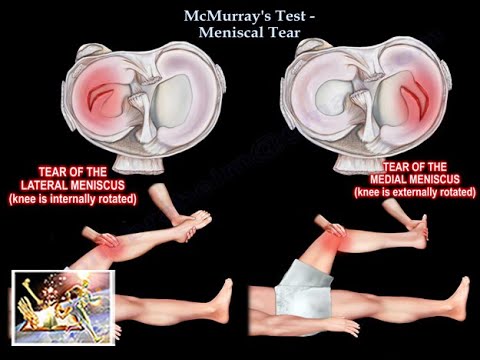
- Test position of patient is supine .
- With to supine position examiner is hold to knee & palpates to joint line with to help of to one hand & put to thumb one side & fingers onto other.
- While to help of other hand hold to sole of to foot & acts to support to limb & provide to required movement through to ROM.
- Do the maximal flexion of to knee.
- Then examiner is do the medially rotate means internal rotate of tibia & extended to knee.
- Do this movement repeatedly with to changing of amount of flexion .
- In this test check to entire posterior aspect of the meniscus form to posterior horn to middle segment.
- In other part do the laterally rotate means external rotate of tibia & extended to knee.
- Do this movement repeatedly with to changing of amount of flexion .
- Anterior portion of meniscus is not to tested easily because of pressure of this part to meniscus is not to great.
- Some other in this test added to VARUS & VALGUS stress while to meniscus is become to jammed like as table.
| Rotation | Stress | Result |
| IR means medial rotate of to tibia | Varus stress | Injury in lateral meniscus |
| ER means lateral rotate of to tibia | Valgus stress | Injury in medial meniscus |
- Colleagues & Kim both are reported to meniscus lesions are may be found on to the medial side rotate means IR with to medial rotation & on to lateral side rotate means ER with to lateral rotation.
- Other modification of this test :
- It is also described by to McMurray.
- In to modification do the medially rotate to tibia &extending to knee then move to knee through to full ROM for to test of lateral meniscus.
- After that do the laterally rotate to tibia & extending to knee then move to knee through to full ROM for to test of medial meniscus.
- This both process is repeated to many times.
What is Positive findings of this test ?
- This test is positive when to patient complain is knee Pain , audible clicking , snapping & locking it is indicate to compromised of meniscus.
- The click or snap sound is produce due to loose fragment of to lateral meniscus or medial meniscus .
Advantages & Disadvantages of this test ?
- This test is specially useful for to detect tears in to posterior means back aspect of to knee.
- Central tears of meniscus are sometimes detected with to maneuver.
- With to contrast, anterior tears to front of to knee are not easily to diagnosed so that require to MRI or arthroscopic investigation which is pinpoint to damage.
Evidence of this test ?
- The reliability & sensitivity of this test is very low.
- Studies of to specificity & sensitivity is demonstrate to varied values of to result of to poor methodological quality.
- Recent of meta-analysis of reports notice to that
- Sensitivity of this test = 70 %
- Specificity of this teat = 71%.
- Positive likelihood ratio means [ LR + ]= 3.7
- Negative likelihood ratio means [ LR – ] = 0.2

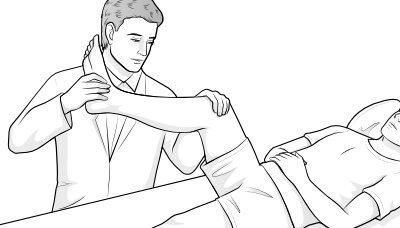
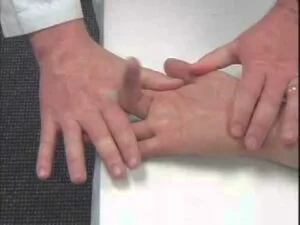



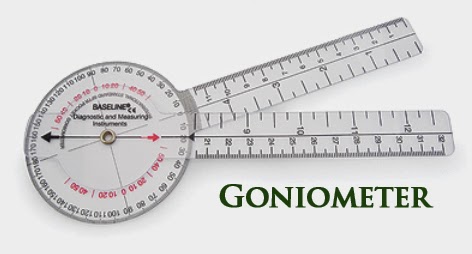
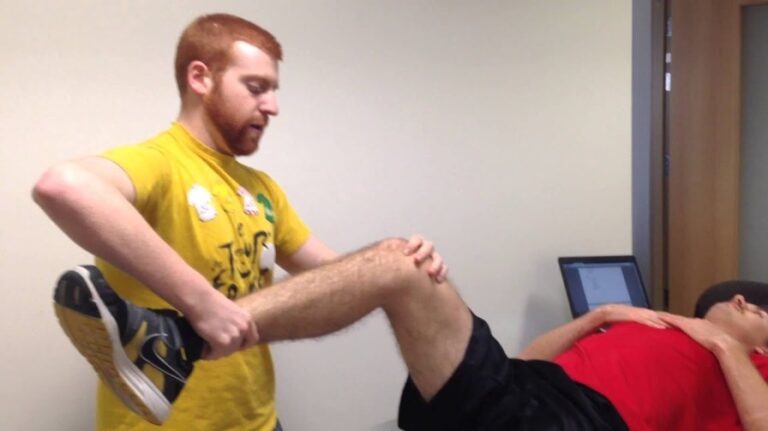
One Comment